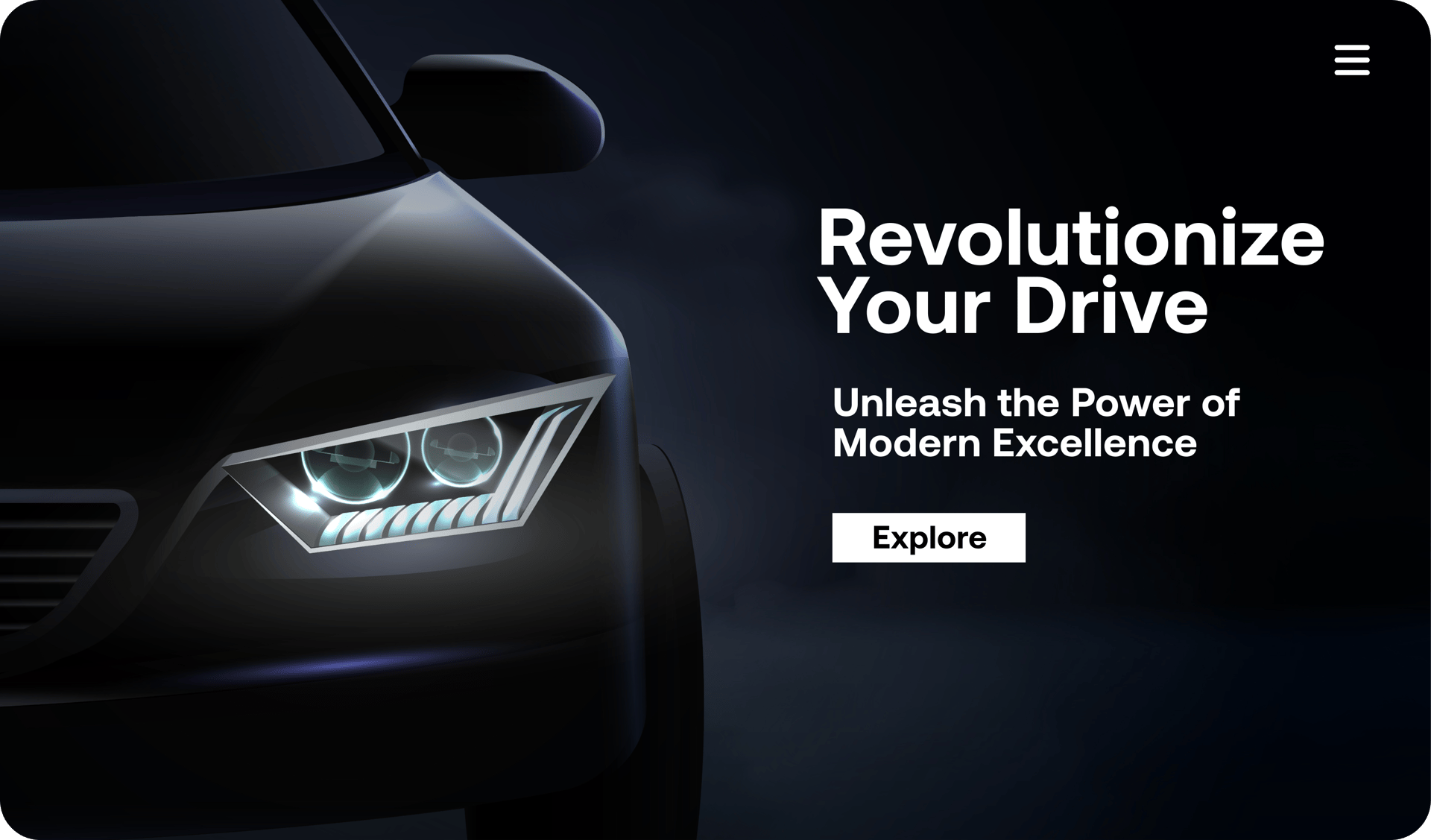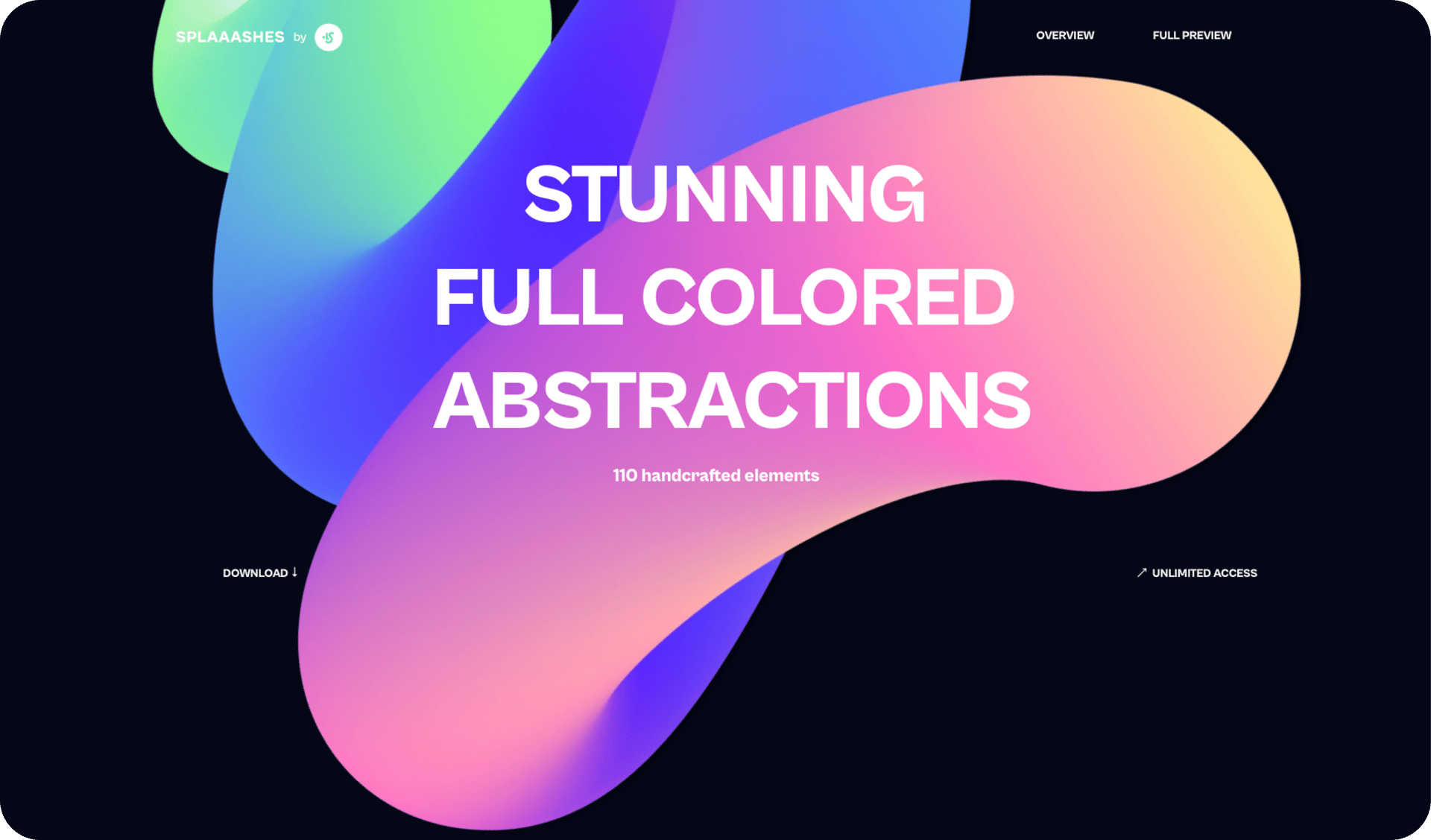Microsite vs Website: What's the Difference?
May 26, 2023
Words by Selene Nelson
Every company needs a website — it’s the heart and soul of your brand’s online presence; but do you also need a microsite?
In recent years, microsites have become increasingly common, with businesses fast cottoning on to how effective they can be for reaching a specific audience, highlighting a certain product, or crafting a unique content experience. Now that you can easily create flashy no-code microsites with Vev, you might be wondering if you should create your own microsite to complement your main site, or perhaps refresh your old website altogether.
If you’re unsure about the differences between microsites and websites, and are uncertain which might be right for a new venture or project, we’ve got you covered. Here’s everything you need to know.
What is a Microsite?
First things first, what actually is a microsite? While websites are the anchor of your online presence, microsites are smaller and often consist of only a few pages, and often only one. They’re used as a form of branded content that’s focused on a particular product or event, or to try to attract a very specific audience. As they’re often geared towards a seasonal event or product launch, microsites are usually temporary, too.
Microsites often look slick and fancy, and because they’re smaller than websites they allow designers and developers to take more creative risks, and marketers to experiment with different messaging. They also create a sense of clarity, something that’s harder to do on large websites where there may be many different focuses.
As the purpose of a microsite is to draw attention to a new campaign, product or event, they tend to be flashier than main company websites, featuring a range of interactive, visually complex content. All this is to not only make the microsite stand out, but to build excitement and create buzz about the subject matter.
So what are some of the different uses of microsites?
- Testing the impact of a new product
- Trying out a new campaign
- Promoting a specific piece of content
- Exploring different customer outreach efforts
- Targeting an especially niche audience
- Sharing information on a specific product
- Promoting a new marketing campaign
- Hosting competitions or contests
- Promoting an event
Examples of Microsites
Now we know the different ways microsites can be used, let’s take a look at some Vev-created microsites to check out some of the more creative ways they can be utilized. If you need more inspiration, check out our article on microsite examples.
The John Oliver Collection
The John Oliver Collection is an excellent example of a microsite that exists to promote a new range of featured products. Canadian wine company Road 13 Vineyards used Vev to create this immersive microsite that shines a light on the brand’s new wine collection, and encourages readers to try their products.
Aside from promoting the different wines, the microsite also tells the story of John Oliver himself, and why Road 13 wanted to create a collection dedicated to him. Like many of the best microsites, this one uses innovative interactive techniques, in particular horizontal scrolling, which they use not only for more standard ecommerce purposes, but to tell an engaging digital story.
Selfish Sessions
A great example of a microsite that’s used to promote a one-off event is Selfish Sessions, which was built in Vev to promote a self-care festival hosted by Australian TV company Pedestrian TV. After the success of the previous two events, Pedestrian decided to host the 2021 festival virtually, due to the coronavirus pandemic.
Their simple microsite is informative, giving the reader information about how to buy tickets, who the speakers will be, and what the schedule will look like. Listing each speaker and giving details of what they’ll be talking about, as well as what the attendee will get out of each session, helps build buzz around an event — which is no mean feat, when you consider it was virtual! Whilst the design is simple, the use of big bold typography and a scrolling animation above the fold adds a good dose of pizzazz, and helps keep visitors engaged.
D2 30 Under 30
Finally, an example of how microsites can be used to promote campaigns or reports can be seen in Norwegian newspaper D2’s report on the 30 leading stars under 30. The report covers 30 notable people under the age of 30 who D2 believe will help the world become a better place.
Though this microsite consists of only one page, it still provides an immersive storytelling experience. Scrollytelling is used to great effect, and the reader can hover over pictures of each person, and click through to find out more about what makes them so special. Simple yet effective, the site inspires the reader — just as it's meant to.
What is a Website?
In contrast, websites are your main online presence. They’re your company’s primary source of information, your digital heart and soul. Websites are permanent and visited by all your customers, whereas microsites are often just temporary, and targeted at more niche groups.
The domain of a website is almost always your company’s name or brand, which makes it easy for users to remember and find, and it's where people go to learn everything about your organization: who you are, what you do, and what you stand for. It’s the central communication point between your company and your customers, employees, and even contractors.
As websites are more generalized, they’re aimed at reaching your entire audience. This means the content is usually more accessible than that of a microsite, and the content and media should appeal to a broader selection of users.
Websites, unlike microsites, are primarily focused on SEO, and they contain far more content. Just like microsites, every website has a purpose. While most organizations use their sites to convert traffic to customers, there are other uses for a website, including:
- E-commerce – enabling sales of either products or services online
- Branding – showing your audience who you are and what you do
- Sharing information – from news sites to sites like Wikipedia
- Entertainment – many popular websites exist solely to entertain their audience
- Authority – showing your expertise and establishing trust
Examples of Websites
So now let’s take a look at the different ways websites can be utilized.
Colin Reitz
If you work in any type of creative field, whether as a writer or designer, it’s essential to have a portfolio website that showcases your skills and attracts clients. Colin Reitz is a designer whose skills include UI and UX design, strategy, and technology, and he uses his site not only to attract customers — and thereby enable sales — but to show off his talent.
Colin’s Vev-created website uses interactive features like parallax scrolling, sliding text, image carousels, and animated fade-ins, and these innovative features perfectly show off his skill and experience. However, in spite of the complexity of his website, it’s still easy to understand and very accessible, and won’t overwhelm users.
Publicis Denmark
An excellent example of a website that uses its design and content to show off its authority and experience, boost branding, and increase sales can be seen on Publicis Denmark’s Vev-built site. In an ever-increasingly saturated content market, brands have to compete to stand out — something Publicis understands very well.
For agencies, creating cutting-edge digital storytelling is key to success, and Publicis’ website immediately tells the user that this is a company that can create visually dynamic, memorable digital experiences. The site kicks off with interactive content and videos on the landing page, yet the rest of the website is cohesive and simple, containing only three main pages — Cases, About, and Contact — so the reader knows exactly where to go.
Mirrows
Mirrows is an NFT digital art business, which — just like Colin Reitz’s site — needs to be able to show off its skill and talent if it’s going to attract clients. Any brand, particularly a startup, needs to take risks to grab people’s attention; in Mirrows’ Vev-built website, they’ve done just that.
Their use of a 100% horizontally-navigated design shows off their adventurous approach, and there are also several subtle micro-interactions dotted throughout the site. By creating such an innovative website, Mirrows are showing off their experimental yet minimalist design skills, and highlighting what sets them apart from other companies.
Microsite vs Landing Page Key Differences
If you’re still in doubt, we’ve broken down the main microsite vs landing page differences into a simple table.
Website | Microsite | |
Focus on a singular campaign/content topic | ✓ | |
Usually lives on its own domain/subdomain | ✓ | |
Entire information hub of a business | ✓ | |
Meant for indefinite use | ✓ | |
Often has a different theme/design to the main website | ✓ | |
Targets a specific audience | ✓ |
Microsite vs Landing Page Key Differences
If you’re still in doubt, we’ve broken down the main microsite vs landing page differences into a simple table.
Website | Microsite | |
Focus on a singular campaign/content topic | ✓ | |
Usually lives on its own domain/subdomain | ✓ | |
Entire information hub of a business | ✓ | |
Meant for indefinite use | ✓ | |
Often has a different theme/design to the main website | ✓ | |
Targets a specific audience | ✓ |
Create an Interactive Microsite with Vev
Looking to launch your own cutting-edge microsite, but don’t know where to start? As an all-in-one design and publication platform, Vev empowers marketing teams to bring their wildest web content ideas to life without having to code a thing. Create stunning interactive microsites outside of your CMS and publish to any domain — including your existing website.
Want More Inspo?
Get our monthly newsletter straight to your inbox.
You can always unsubscribe at any time.
Privacy Policy
























